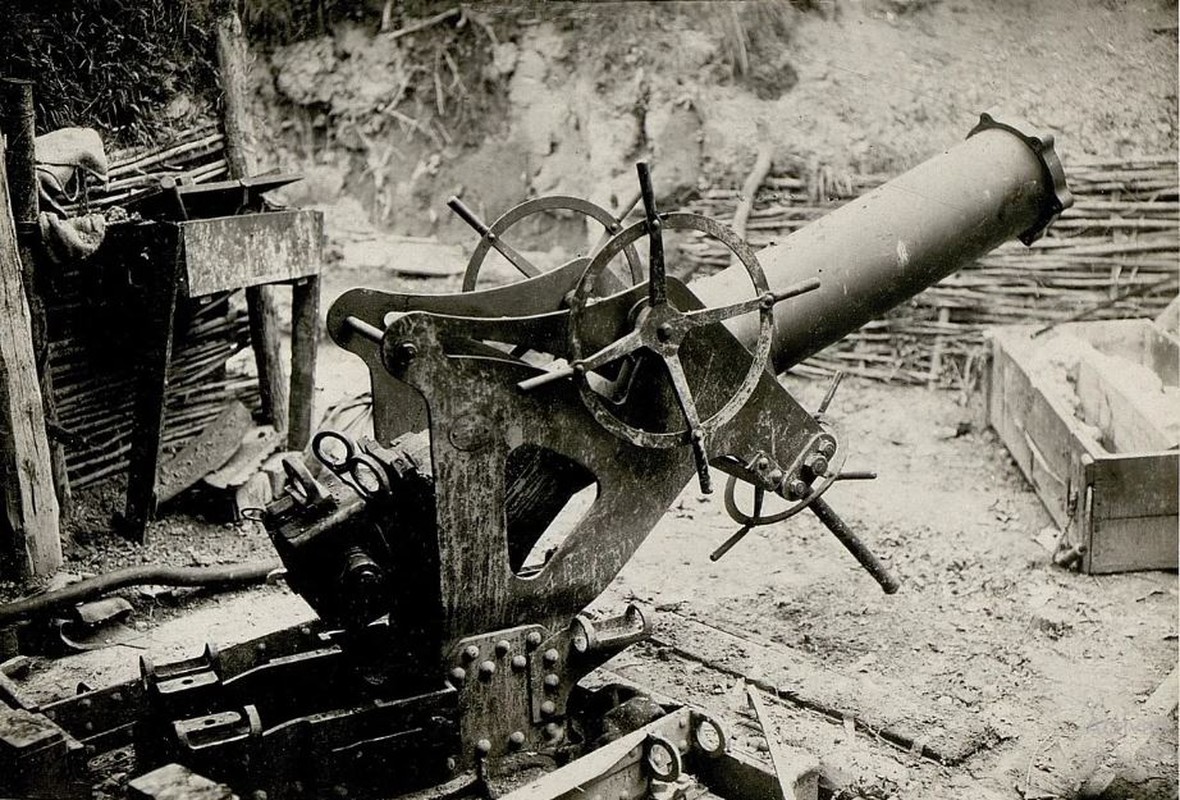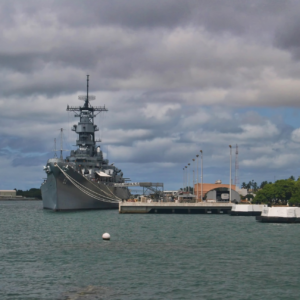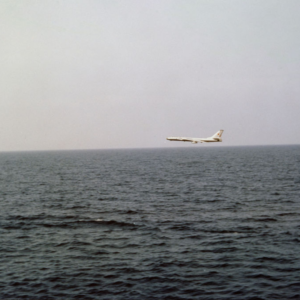The French Super Mortar 100 Years Ago
During World War I, the French Army used a 240mm mortar developed by the French company Batignolles; how effective was this “super mortar”?
At the beginning of World War I (1914-1918), the French company Batignolles researched and developed a mortar with a super-large caliber compared to that time, up to 240mm, called Mortier de 240mm, to destroy the fortified positions of the German army.
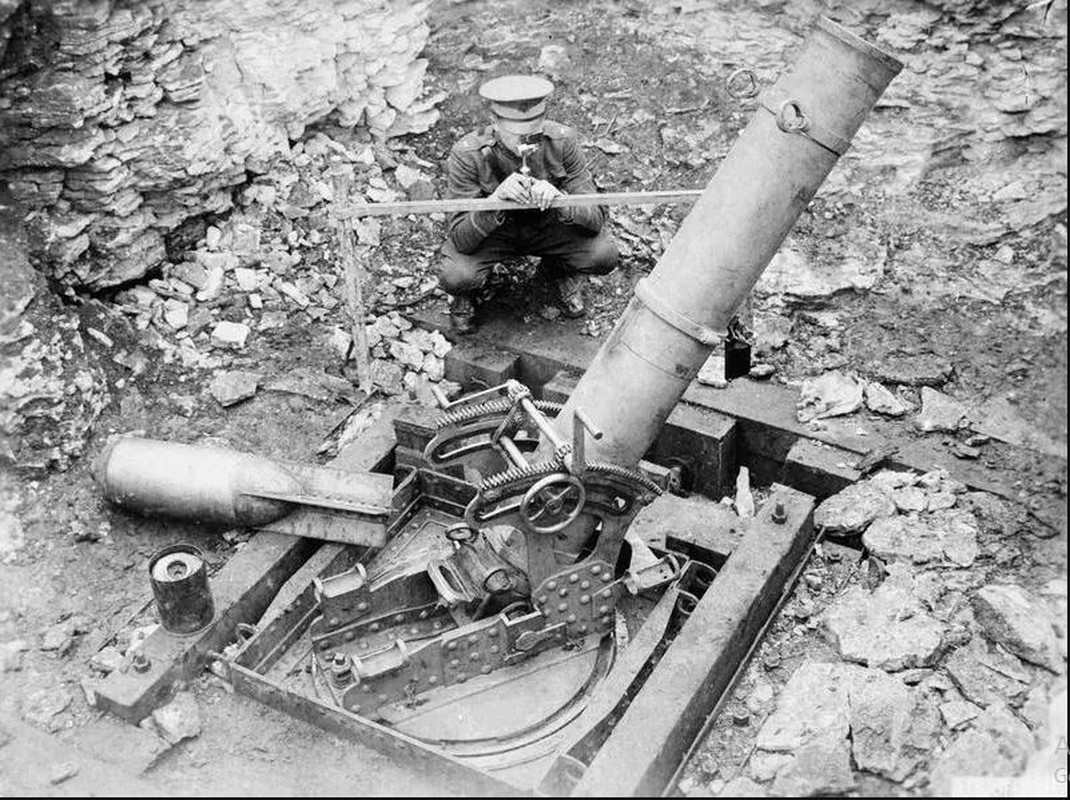
1915 was the most difficult period for the French Army in World War I. Although the French 240mm mortar was still in the development stage at that time, due to urgent requirements, it was still brought to the battlefield to stop the German army.
The Mortier de 240 mm mortar is relatively “bulky”, the total weight of the gun is 866 kg, of which the wooden base alone weighs 344 kg, equivalent to many heavy mortars and mountain guns at that time.
The gunners operating the Mortier de 240 mm mortar need to dig a hole in advance and place the base and gun legs to operate the launcher stably. The mortar barrel and breech parts weigh 317.5 kg; the gun leg with rangefinder, directionfinder and sight, helping to adjust the firing angle weighs 204 kg.
The mortar has a barrel length of 2 meters (LT version), the diameter of the mortar barrel is 240 mm and the bullet is loaded at the muzzle. During use, the firing element must be aligned in advance, the bullet is loaded through the muzzle by hand. The bullet alone weighs 81.6 kg and contains 40 kg of explosives.
According to the French Army’s calculations, it took about 80 artillery shells to destroy the reinforced concrete fortifications built on the German front line. As for ordinary civil fortifications, it was basically one shot at a time.
The Mortier de 240 mm mortar used a brass-cased propellant tube with a fireball underneath; the propellant weighed 7,100 grams; the mortar was fired by pulling the trigger with a pull cord.
Initially, the Batignolles factory produced a short-barreled version of the Mortier de 240 mm mortar (CT version) with a maximum range of only 1,029 meters; later it was improved to a 2-meter long-barreled type (LT version), with a maximum range of 2,070 meters.
After the Mortier de 240 mm mortar was completed, it could be adjusted to fire at many angles, the firing angle of the gun barrel was from 45° to 75°, the direction angle was 18° to the right (left). Its rate of fire was very slow, firing one round every six minutes.
However, such heavy artillery was often aimed at key targets such as machine gun positions, command posts, observation posts and especially fortified positions. After firing, it could be dismantled and carried by human power; with such a weight, it could be used on battlefields such as mountains.
The Mortier de 240 mm mortar was first used by the French Army in the attack at the Battle of Champagne on 25 September 1915. Convinced by the destructive power of the 87 kg shell, the French Army ordered its mass production.
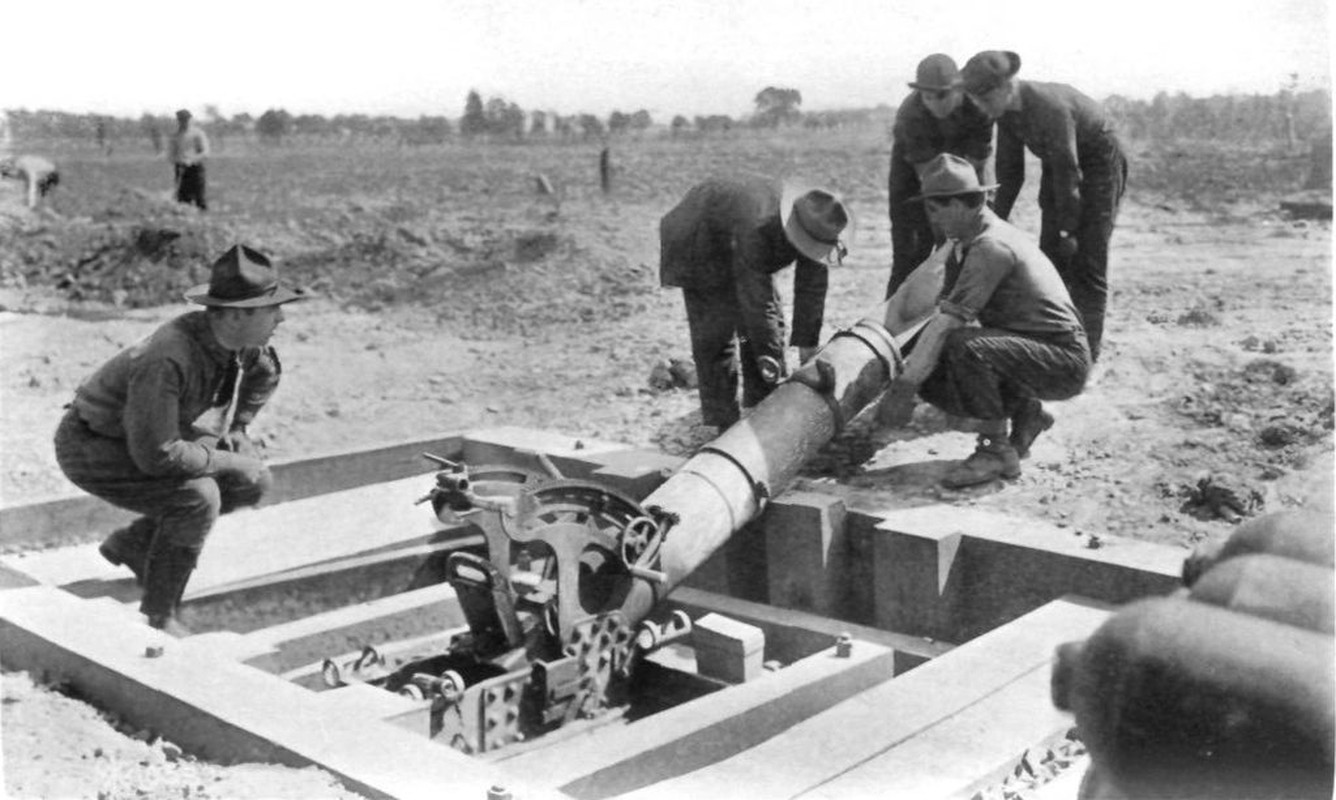
Later, as German defensive positions were built more solidly and therefore harder to destroy than originally thought, a version of the Mortier de 240 mm with a longer barrel (the LT version) was later built, which could fire larger mortar shells.
The French Army used the Mortier de 240 mm mortar until 1917, when the Germans began to adopt mobile tactics, spreading their formations wider and thus having fewer targets for this “super mortar”.
By 1918, when the French Army’s breakthrough through some of the fortified German defenses was partially completed and the French territory occupied by the Germans was liberated, the Mortier de 240 mm mortar was almost completely withdrawn from the battlefield.
The Mortier de 240 mm mortar was used not only by the French Army, but also by the Italian, American and Austro-Hungarian armies during World War I. However, the sources of equipment were not the same, some were brought from France and produced by themselves, some were copied after being captured on the battlefield, and some were sold copyright by France.
The Mortier de 240 mm mortar version used by different armies also varies, for example, the British army uses bagged propellant. In the US, the propellant formula has been changed and the shell can be recycled. The German version can fire heavier shells, but the range is only about 1,200 meters.
News
How Hezbollah & Israel counter-attack after the Lebanon Explosion
How Hezbollah & Israel counter-attack after the Lebanon Explosion This is how Hezbollah responded to Israel after the sophisticated pager and walkie-talkie explosions, which occurred across Lebanon. They retaliated by launching guided missiles for the first time. The three strikes…
[MUST WATCH] In pictures: The deadliest day in Lebanon in nearly a year of conflict
In pictures: Israel strikes hundreds of Hezbollah targets in Lebanon Israel attacked hundreds of Hezbollah targets on Monday in airstrikes, making it the deadliest day in Lebanon in nearly a year of conflict. Smoke billows over southern Lebanon following Israeli…
BREAKING NEWS: US sends more troops to Middle East as violence rises between Israel and Hezbollah
US sends more troops to Middle East as violence rises between Israel and Hezbollah Violence between Israel and Hezbollah is raising risk of a greater regional war. WASHINGTON — The U.S. is sending a small number of additional troops to the…
Easy Company Facts Even Hardcore Fans of ‘Band of Brothers’ Don’t Know
Photo Credit: HBO / Getty Images HBO’s 2001 miniseries, Band of Brothers, has continued to gain popularity in the decades since its release. This is partly due to later generations having greater access to the series – in particular, via…
Mighty MO – USS Missouri (BB-63) Video and Photos
There are three other ships in the United States Navy which were named after the state of Missouri besides the battleship USS Missouri (BB 63), and although she became associated with the history of the Japanese raid at Pearl Harbor, she…
A Soviet TU-16 medium jet bomber flies past the anti-submarine warfare support aircraft carrier USS Essex
That Time A Soviet Tu-16 Badger Crashed Into The Sea After Buzzing A U.S. Aircraft Carrier A screenshot from the video filmed aboard USS Essex shows the Tu-16 Badger flying very low close to the aircraft carrier. Low pass with…
End of content
No more pages to load
